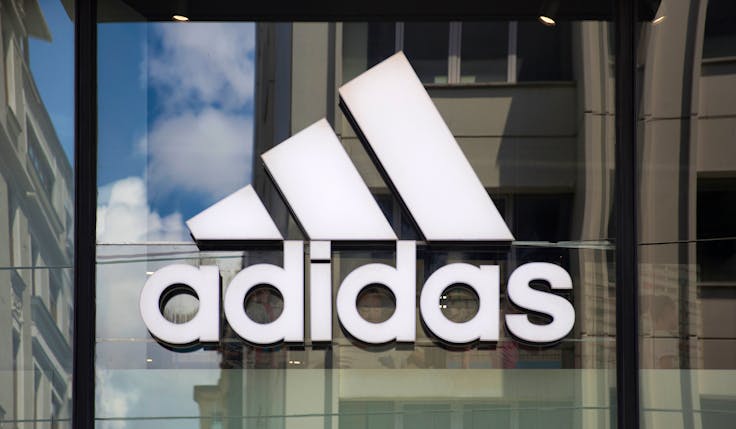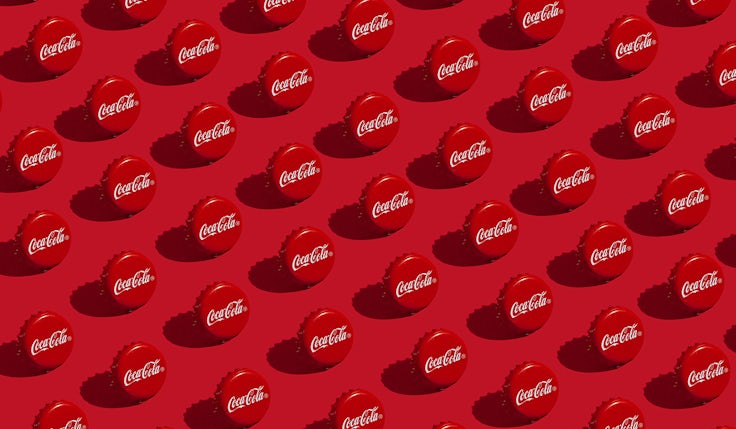Walkers seeks healthy profits from Lite work
Walkers is not content with ruling the snacks market – with its Lite range it now wants to build the whole sector.
PepsiCo-owned Walkers has a vision – it wants to double in size over the next five years to revenues of 1bn. But first it has to put in place the conditions that will allow it to reach this objective – effectively it has to transform the nation’s snacking habits. That is the real agenda behind the launch of its first lower fat crisps (MW October 11).
Walkers dominates the 1.3bn UK salty snacks category, but it is not content with simple market leadership. It has set its sights on shaping – some would say dictating – the way we snack in an effort to sustain organic growth.
It is so dominant that it claims its criterion for success is no longer whether it can pinch a bit more share from own label here or from United Biscuits or Golden Wonder there, but in making the whole category expand.
As Martin Glenn, vice-president of marketing, says: “Our first success criterion is category growth rather than market share. It may sound arrogant but we don’t let what the competitors have done change our objectives.” The savoury snack market has experienced an annual seven per cent growth during the past four years.
Much of this corporate vision stems from US snacking trends, disguised beneath Walkers very British image with its advertising involving national favourites Gary Lineker, Paul Gascoigne and Sharron Davies. Walkers is after all owned by PepsiCo, whose snacks arm, Frito-Lay, spans the globe.
But there are significant cultural differences, some of which the company is turning to its advantage. The British are a nation of snack-lovers, eating on average 240 packs of crisps a year. By volume this ranks a long way behind the Americans, who eat about twice as much. But UK consumers lead the world as the most frequent purchasers and that is what Walkers wants to exploit.
Its strategy involves persuading people to buy bigger “grab bags” in shops and kiosks and bigger multipacks of crisps in supermarkets.
Consumers are also being encouraged to eat snacks like Doritos at different times of the day, such as in the evening with dips. This fits in with Walkers’ plan to make corn tortilla-type snacks – which are very popular in the US – the nation’s second favourite snack after flat potato crisps, to the detriment of more traditional British snacks such as United Biscuits’ Hula Hoops or Golden Wonder’s Wotsits.
The latest development to emerge in this long-term game plan is Walkers’ foray into the reduced fat category. Walkers Lites go on sale next year with the aim of catching the millions of “light snackers” – people who buy crisps but not often enough for Walkers’ liking.
The “Better For You” sector, as it is disingenuously known, also sits more easily with the ageing profile of salty snacks market consumers, the group getting worried about middle-age spread.
Reduced fat snacks are nothing new, and indeed Walkers is very late to market, following UB’s KP Solos, which were launched in the Eighties, and Golden Wonder’s Golden Lights.
The category is still largely unproven, with both brands claiming a tiny share. UB has recently launched low-fat snacks under the McVitie’s Go Ahead! label, which it says is worth 10m after ten weeks, but it is too early to say if it is a long-term proposition.
Significantly, unlike the Go Ahead! brand, which is 90 to 97 per cent fat free, Walkers Lites is understood to be a 25 per cent reduced fat brand, making it easier to retain mainstream appeal.
Walkers Lites must establish itself as a self-sufficient brand with its own target market to avoid cannibalising sales of the main brand. The company will not reveal how big a lower fat market it thinks it can build, but in an ideal world, if it could persuade every infrequent snacker to eat as many bags of Lites as its average consumer, it would sell 40 million more cases of crisps a year, and increase sales by about 250m.
Analysts say the crisp market is static, with the snack sector showing only a two per cent volume growth, despite the 2.8m (Register-MEAL) spent by Walkers on advertising. IRI InfoScan data suggests that the picture is not so gloomy. It shows both categories experiencing value growth, particularly in supermarkets and in corn where Walkers is strong, but the company’s challenge will always be sustaining growth in a mature market with 90 per cent penetration.
According to Glenn, Walkers has plenty of other “Better For You” ideas in the pipeline. Technical advances such as the fat substitute Olestra could ultimately be introduced and in the nearer future, more US products could be launched in the UK.
One observer compares Walkers to “a machine”, but Glenn prefers to liken the company to fast-food giant McDonald’s.
“Ten years ago you would never have got the middle classes taking their kids to McDonald’s. People used to think it was a trashy category. But it has cleaned up the category with affordability and consistent quality delivery. That is what we like to think Walkers has done with salty snacks.”



